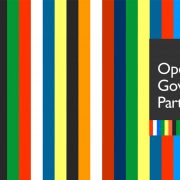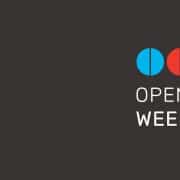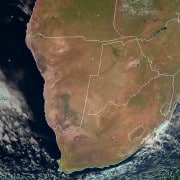|
Getting your Trinity Audio player ready...
|
South Africa recently joined the likes of Burkina Faso, Kenya and Ghana in developing and launching an open data portal that makes published government data accessible for free to the public.
The South African Data Portal is one of South Africa’s commitments in the Open Government Partnership, and is currently in a year-long pilot phase. The Department of Public Service and Administration led the project, with help from the Open Government Partnership, government entities GCIS, the Innovation Hub and the Department of Trade and Industry, and Code4SA, Microsoft and ChilliSoft from the private and civil society sector.
Open data is, simply, data that anyone can access, use or share – personal data doesn’t fall into this category. It may be released by companies or by governments, and can help small businesses, NGOs, researchers and citizens to address old problems with new approaches and come up with ideas that will improve their communities and environments – for example, by using data on schools’ access to water and individual school performance to establish a relationship between the two and identify areas that need action in this regard.
For data to be truly open, it should be free from restrictions on copyright, patents or other mechanisms of control.
In 2013, the World Bank joined forces with the Open Data Institute and Open Knowledge to form the Partnership for Open Data. The project aims to help people in developing countries to understand and harness the benefits of open data.
It achieves this in several ways – by assessing the state of open data and the readiness of countries to open up, and use, their data; training government officials, other policy makers, and civil society; undertaking research and producing guidelines on the best use of open data; and producing case studies of impact.
How open are SA’s official statistics?
A report published earlier in 2016 by the NGO Open Data Watch shows results of a survey conducted by the organisation, assessing statistics commonly produced by national statistical systems in 125 mostly low- and middle-income countries.
The Open Data Inventory (Odin) scored countries over 20 data categories which are rated on five elements each of coverage and openness. These 20 categories, which range from population and vital statistics to pollution, balance of payments and gender statistics, were grouped into three major categories – social, economic and environmental statistics.
Odin found just 10 national statistical offices that satisfied more than 50% of the criteria for data coverage and openness – Statistics South Africa was not one of them, but Rwanda’s National Institute of Statistics came in at a respectable number four globally.
With an overall score of 38% South Africa was ranked 33rd globally and sixth in Africa, with Mexico at 68% taking the overall top position and Uzbekistan at 3% coming last. On the African continent, Sudan, Uganda, Malawi and Tunisia, with Rwanda, ranked higher than South Africa.
This indicates that South Africa’s achievement was mediocre, with mostly average and sub-average scores, and more very low scores than very high ones.
Globally South Africa ranked 27th for coverage and 43rd for openness, and third and 13th respectively in the Southern African region. It scored 50% for coverage, but just 27% for openness – however, the country did score higher than the regional median across the three major data categories. The average of these two scores gave South Africa its overall score of 38%.
Across the 20 data categories, South Africa provided the best coverage for labour statistics and built environment, and the worst coverage for international trade and land use.
For openness, the country scored highest for national accounts and government finance, and the lowest for international trade and education outcomes.
Odin scoring
Odin’s coverage scores were based on the availability of key indicators by age, sex and others in terms of frequency and geographic subdivisions, while openness was based on whether users could select data and download it in machine-readable and non-proprietary formats, availability of metadata, and whether the data are free to use and reuse. Countries scored one point for fully satisfying the criteria for each element, a half point for partially satisfying them; and zero if the criteria were not satisfied or data were entirely missing.
The 20 categories were grouped into three major categories: social, economic, and environmental statistics. Social statistics include population, health, education, gender, and poverty. Economic statistics include national accounts, labour, price indexes, government finance, money and banking, trade, and balance of payments. Environmental statistics include land use, resource use, energy use, pollution, and the built environment. Each category is scored on the 10 elements of coverage and openness.
Thus a country has a maximum potential score of 200: 100 for data coverage and 100 for data openness. The scoring scheme is deliberately coarse, said Open Data Watch, because a finer scoring grid (say from 1 to 10) would inevitably invite greater subjectivity on the part of assessors and create problems when comparing results produced by different assessors or at different times.








